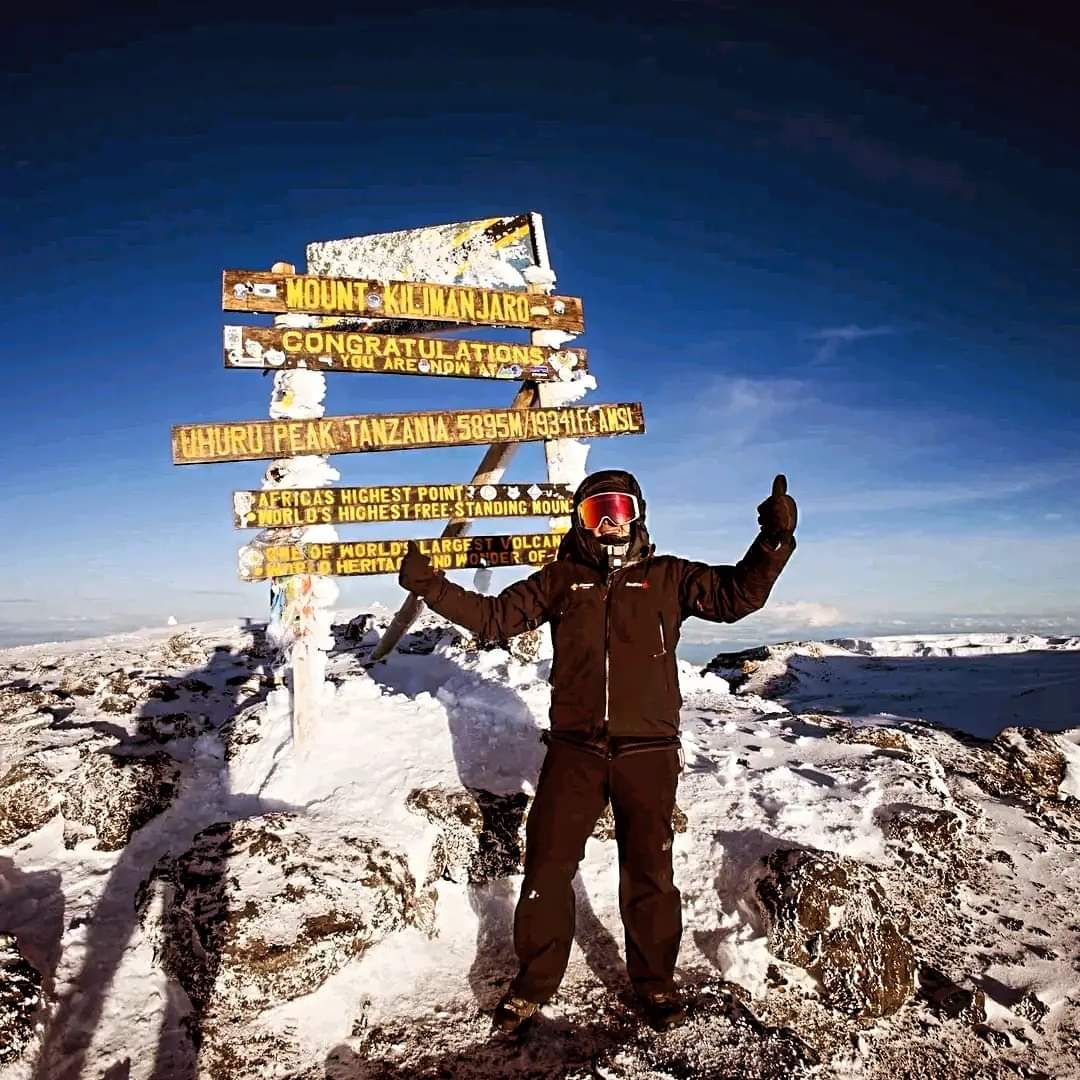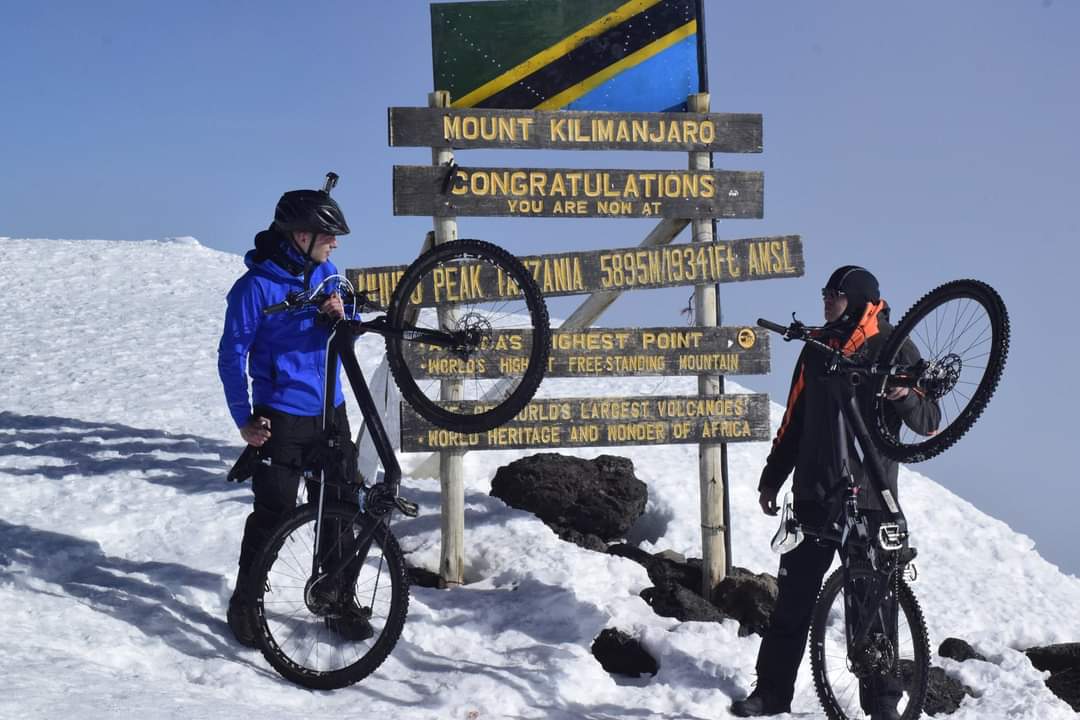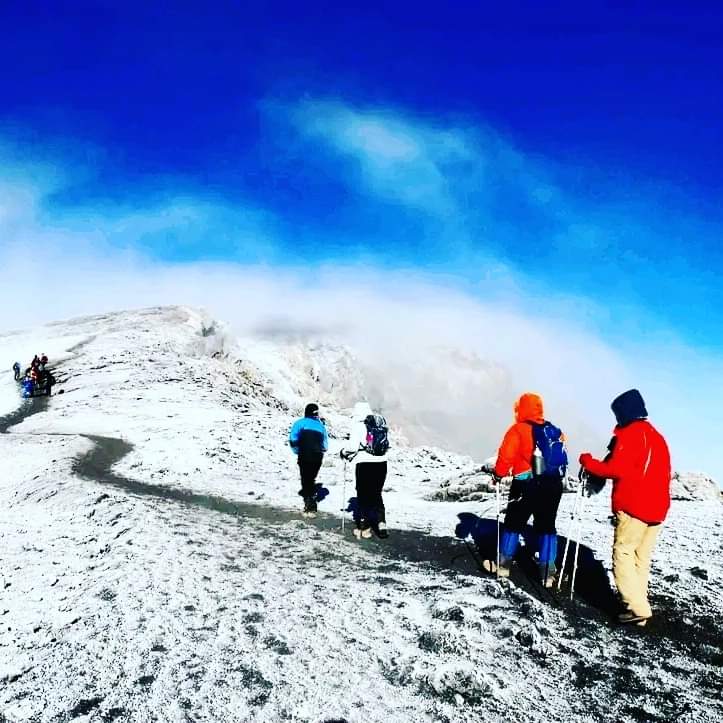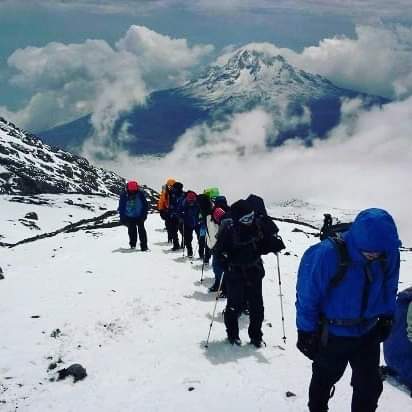Kilimanjaro Climbs: Conquer the Roof of Africa with Sheengai Pride Safaris

Mount Kilimanjaro, Africa's highest peak, stands majestically at 5,895 meters (19,341 feet) above sea level. This iconic mountain, located in Tanzania, offers a once-in-a-lifetime adventure for those seeking to challenge themselves and experience the unparalleled beauty of East Africa. At Sheengai Pride Safaris, we provide expertly guided Kilimanjaro climbs, ensuring a safe, enjoyable, and unforgettable journey to the summit. This in-depth guide will provide detailed information on Kilimanjaro climbs, answer common questions, and offer valuable insights to help you prepare for this extraordinary adventure.
Why Climb Kilimanjaro?
1. Personal Achievement and Adventure Climbing Kilimanjaro is a significant personal achievement that tests physical endurance, mental strength, and determination. Reaching the summit is a rewarding experience, offering a sense of accomplishment and a spectacular view from the highest point in Africa.

2. Diverse Landscapes and Ecosystems Kilimanjaro is unique in its ecological diversity, encompassing five distinct climatic zones: cultivated farmland, rainforest, heath, alpine desert, and the arctic summit. As you ascend, you'll experience changing landscapes and ecosystems, each with its own flora and fauna.

3. No Technical Climbing Skills Required Unlike many other high-altitude mountains, Kilimanjaro does not require technical climbing skills. This makes it accessible to fit and determined trekkers who are properly prepared and guided, regardless of their previous climbing experience.

Popular Routes to the Summit
Sheengai Pride Safaris offers several popular routes to the summit, each with its own unique features, challenges, and scenic beauty. Here are the most commonly chosen routes:
1. Marangu Route Known as the "Coca-Cola" route, the Marangu Route is the only route with hut accommodations, making it a popular choice for those seeking more comfort. It is considered one of the easier routes, with a gradual ascent and well-defined paths. The route typically takes 5-6 days.
2. Machame Route The Machame Route, also known as the "Whiskey" route, is favored for its scenic beauty and varied landscapes. It is more challenging than Marangu, with steeper ascents and longer treks. The route takes 6-7 days, allowing for better acclimatization and higher success rates.
3. Lemosho Route The Lemosho Route is renowned for its breathtaking scenery and remote, less crowded paths. It starts on the western side of Kilimanjaro and traverses diverse landscapes before joining the Machame Route. This route typically takes 7-8 days, offering excellent acclimatization and a higher chance of reaching the summit.
4. Rongai Route Starting from the northern side of Kilimanjaro near the Kenyan border, the Rongai Route is known for its gradual ascent and stunning wilderness. It is one of the quieter routes, making it ideal for those seeking solitude. The trek takes 6-7 days.
5. Umbwe Route The Umbwe Route is the shortest and steepest route to the summit, recommended for experienced trekkers seeking a challenging climb. It offers dramatic views and a rapid ascent, but requires excellent physical fitness and acclimatization strategies. The route typically takes 5-6 days.
Preparation and Training
Climbing Kilimanjaro requires thorough preparation and training to ensure a safe and successful ascent. Here are some key aspects to consider:
.jpeg?alt=media&token=452d5c7c-f98a-487d-8cdb-eb110aedf85b)
1. Physical Fitness Trekkers should be in good physical condition, with a focus on cardiovascular fitness, strength, and endurance. Training should include hiking, jogging, and strength exercises, ideally starting several months before the climb.
2. Acclimatization Proper acclimatization is crucial to reduce the risk of altitude sickness. Sheengai Pride Safaris designs itineraries with gradual ascents and rest days to allow your body to adjust to higher altitudes.
3. Gear and Equipment Investing in high-quality gear is essential for a comfortable and safe climb. Key items include sturdy hiking boots, layered clothing, a warm sleeping bag, and a good backpack. We provide a comprehensive packing list to help you prepare.
What to Expect on the Climb
1. Professional Guides and Support Team Our experienced guides and support team are dedicated to ensuring your safety and success. They are trained in first aid, altitude sickness prevention, and emergency procedures. The support team includes porters who carry your gear, allowing you to focus on the climb.
2. Daily Itinerary Each day involves a mix of trekking, rest breaks, and acclimatization periods. You will typically hike for 4-7 hours, depending on the route and altitude. Evenings are spent at designated campsites or huts, where meals are prepared by our team.
3. Altitude Challenges Altitude sickness is a common challenge on Kilimanjaro. Symptoms can include headaches, nausea, and fatigue. Our guides monitor your health and provide guidance on how to mitigate symptoms, including proper hydration, pacing, and acclimatization techniques.
4. Summit Day Summit day is the most demanding part of the climb, starting around midnight to reach the summit at sunrise. The ascent involves a steep and challenging hike, but the reward is a breathtaking view from the Roof of Africa. After celebrating your achievement, you will descend to a lower altitude for rest and recovery.
Frequently Asked Questions
What is the best time to climb Kilimanjaro? The best time to climb Kilimanjaro is during the dry seasons: January to March and June to October. These periods offer more stable weather conditions and clearer views. However, Kilimanjaro can be climbed year-round, and each season has its own unique appeal.
How difficult is it to climb Kilimanjaro? While Kilimanjaro is accessible to trekkers without technical climbing skills, it is still a challenging climb that requires physical fitness, mental determination, and proper preparation. The success rate is higher with longer routes that allow for better acclimatization.
What about safety on Kilimanjaro? Safety is our top priority. Our guides are trained in first aid and altitude sickness management, and we carry necessary medical supplies and equipment. We also have emergency evacuation plans in place. Proper acclimatization and following the guidance of our experienced team significantly enhance safety.
How many days does the climb take? The duration of the climb depends on the chosen route. Most routes take between 5 to 9 days. Longer routes allow for better acclimatization and a higher chance of reaching the summit.
Why Choose Sheengai Pride Safaris for Your Kilimanjaro Climb?
Sheengai Pride Safaris offers unparalleled expertise, personalized service, and a commitment to your safety and success. Our experienced guides, carefully selected routes, and comprehensive support ensure that your Kilimanjaro climb is a memorable and rewarding adventure. From detailed preparation to the final ascent, we provide everything you need to conquer the Roof of Africa.
Embark on a Kilimanjaro climb with Sheengai Pride Safaris and experience the thrill of standing on Africa’s highest peak. Contact us today to start planning your unforgettable adventure.

Comments
Post a Comment